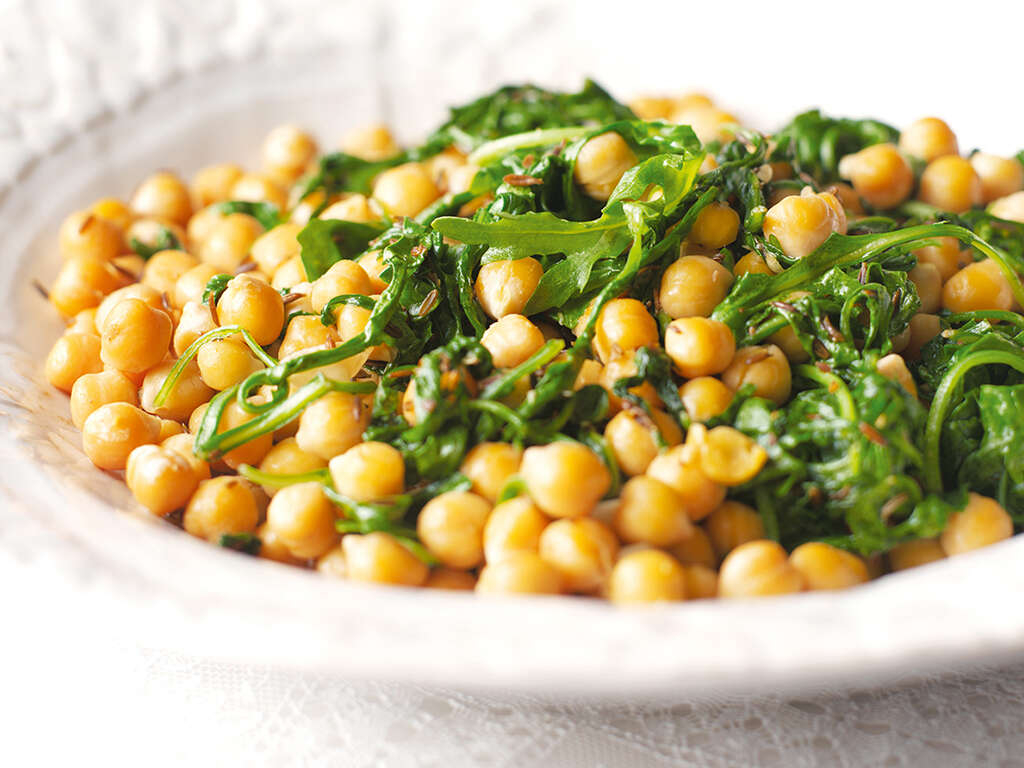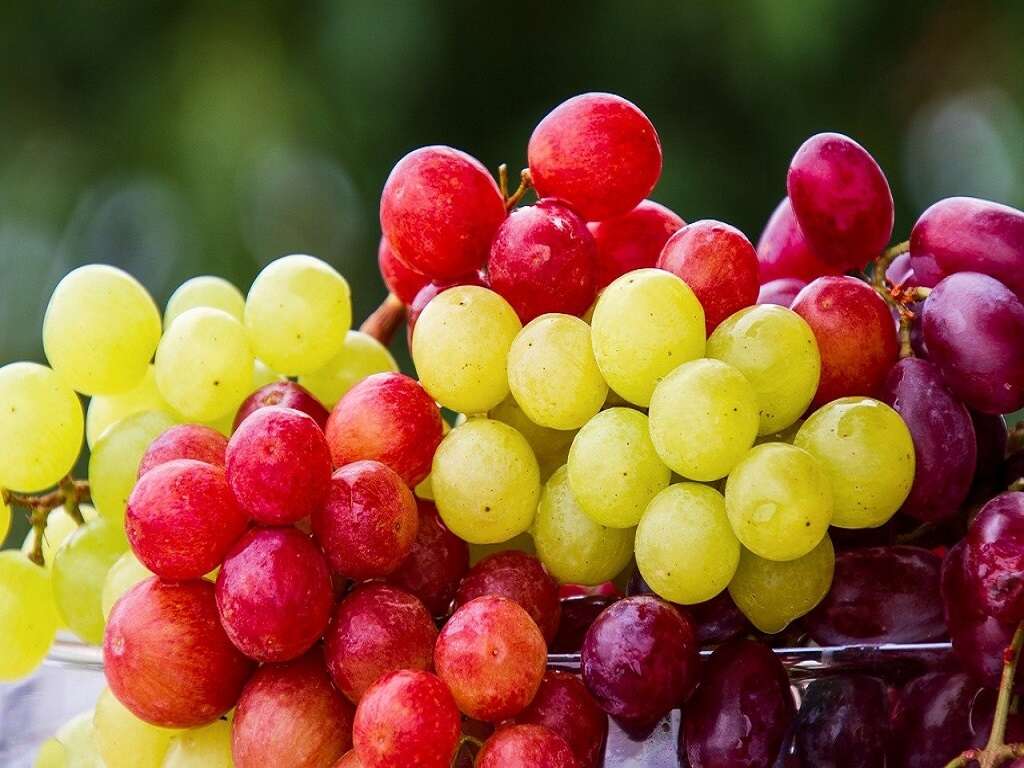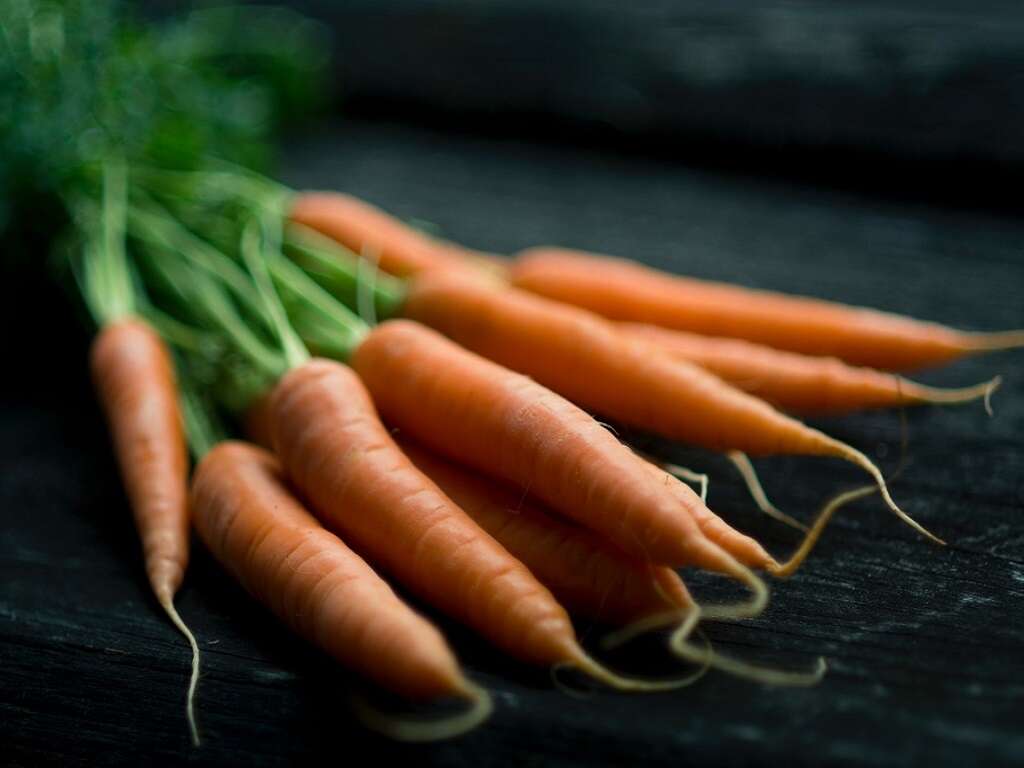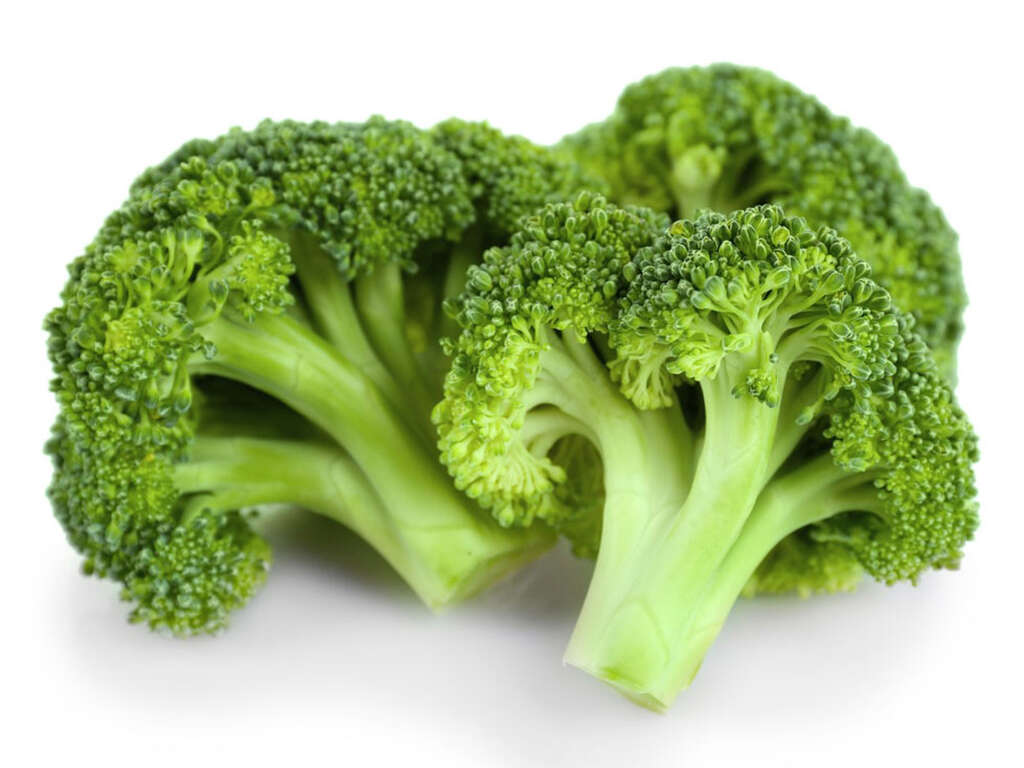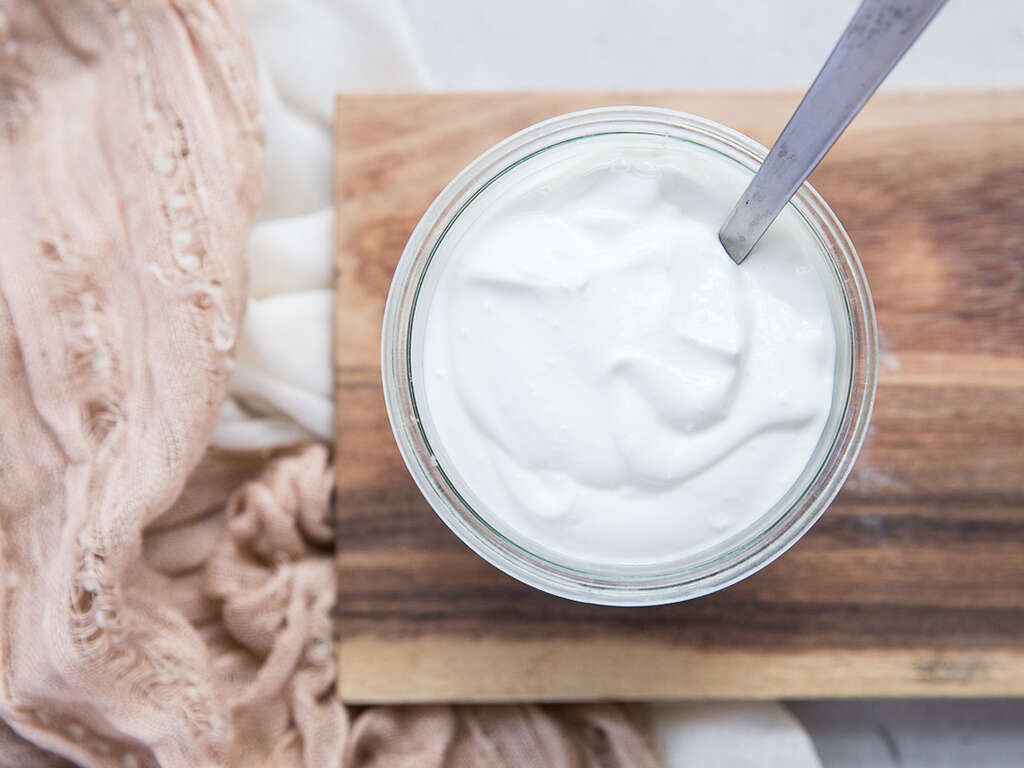10 High Fiber Fruits
Dietary fiber is vital for human health. It has many health benefits such as improving digestion and reducing cholesterol levels and blood glucose levels. Fiber refers to the nutrients in food that cannot be digested or absorbed in the gut, which means it simply passes through the intestinal tract.
Insoluble and soluble fiber are the two types of fiber found in food. Soluble fiber attracts water and helps the digestion move slowly. It can be found in oat bran, nuts, seeds, peas, some fruits and vegetables. Insoluble fiber helps food pass quickly through the digestive tract. It is found in foods such as wheat bran, whole grains, and vegetables. Whole fresh fruits are associated with many of the nutrients that we need, and they are also high in fiber.
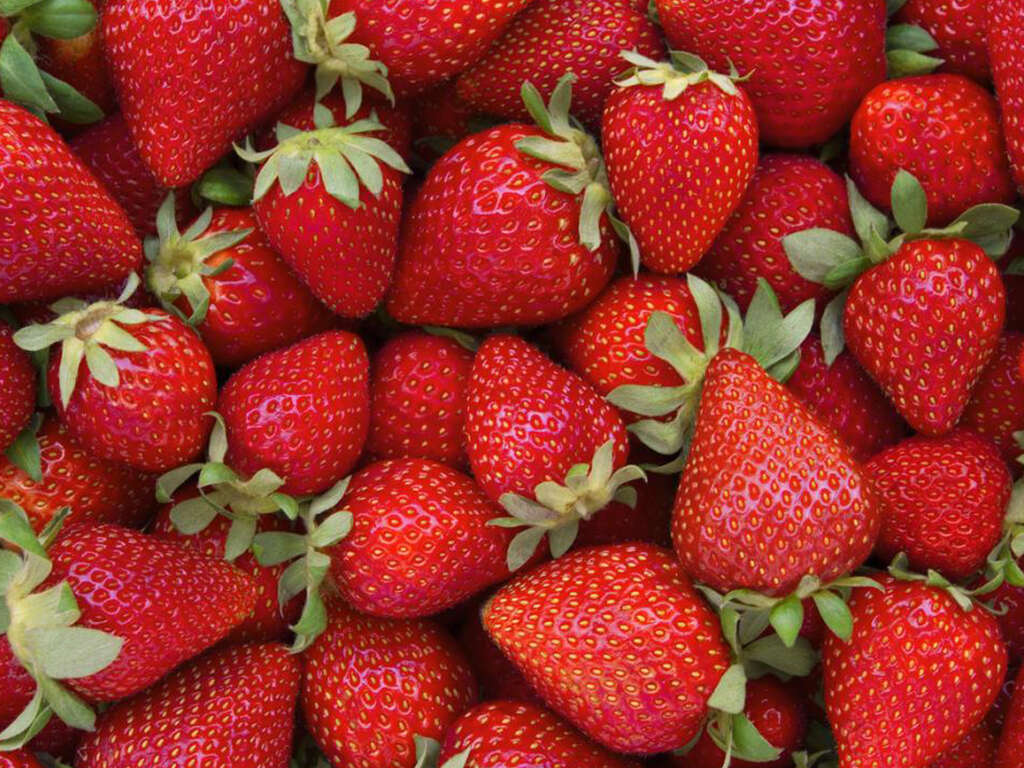
High Fiber Fruit #1: Avocados
Avocados are a unique fruit as they are high in healthy fats rather than carbohydrates. Half of an avocado serving contains 4.6 g of fiber. The avocado flesh is rich and high in monounsaturated fats. This popular fruit contains essential nutrients and phytochemicals such as potassium, magnesium, folate, vitamin K and phytosterols. The Hass avocado is a variety of avocado with dark and rough skin. This type of avocado is commonly seen in California.
Consuming avocados have proven health benefits. There are few preliminary clinical studies that show avocados’ effects with cardiovascular health. Some studies even suggest that avocados may support weight management and longevity.
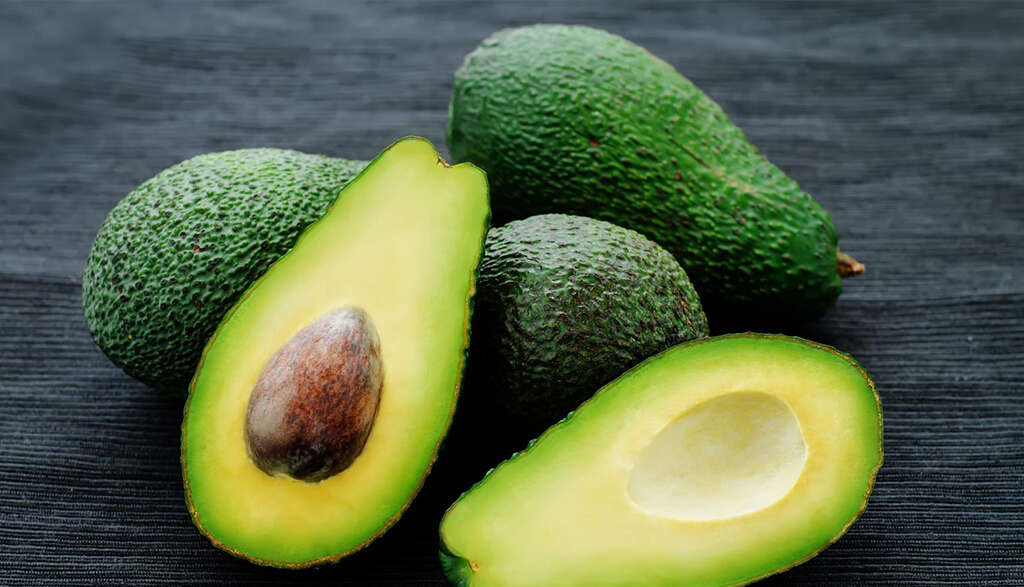
High Fiber Fruit #2: Pears with Skin
Pears are a semi sweet fruit with a fibrous center. One medium pear has 6 grams of fiber. Pears have no sodium and are fat free. They are rich in vitamins and minerals such as copper, iron, potassium, folate, and vitamin B6. Most importantly, the content of the pear’s skin contains dietary fiber, phytonutrients and carotenoids.
This delicious fruit has great health benefits. Since pears are rich in fructose, sorbitol, and dietary fiber, consumption of pears should improve gut health and prevent constipation. As pears contain certain antioxidants, studies have also shown to lessen type 2 diabetes and stroke.
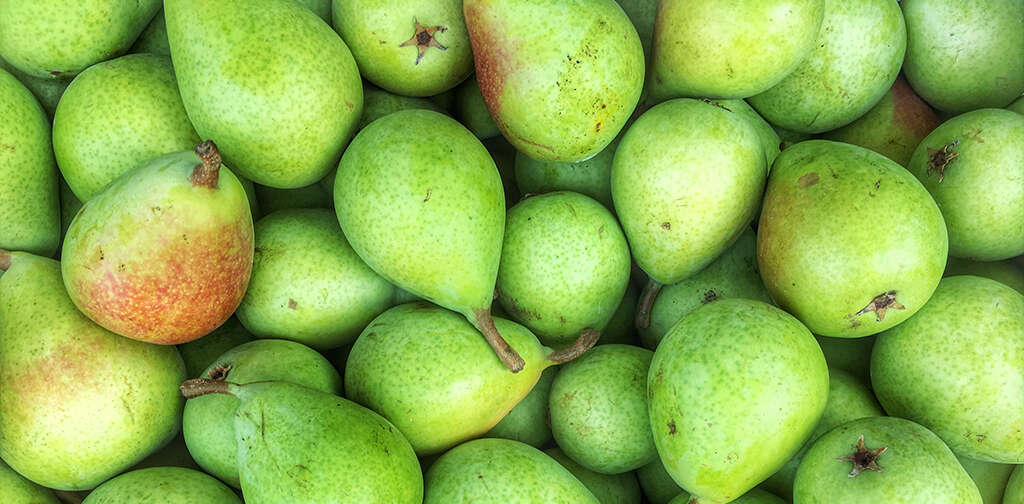
High Fiber Fruit #3: Apples with Skin
Apples are quick, delicious, and easily accessible in most parts of the world. One medium sized apple contains 4.4 grams of fiber. With a medium apple, it contains less than 100 calories, vitamin C, potassium, vitamin K and many other nutrients.
Apples have many health benefits. In one study, apples and pears were associated with weight loss. Researchers think that apples can make one feel full as this fruit is nutrient-dense and rich in fiber. Another health benefit with consuming apples is they not only suppress body weight and weight gain, but lipid profiles are also improved].
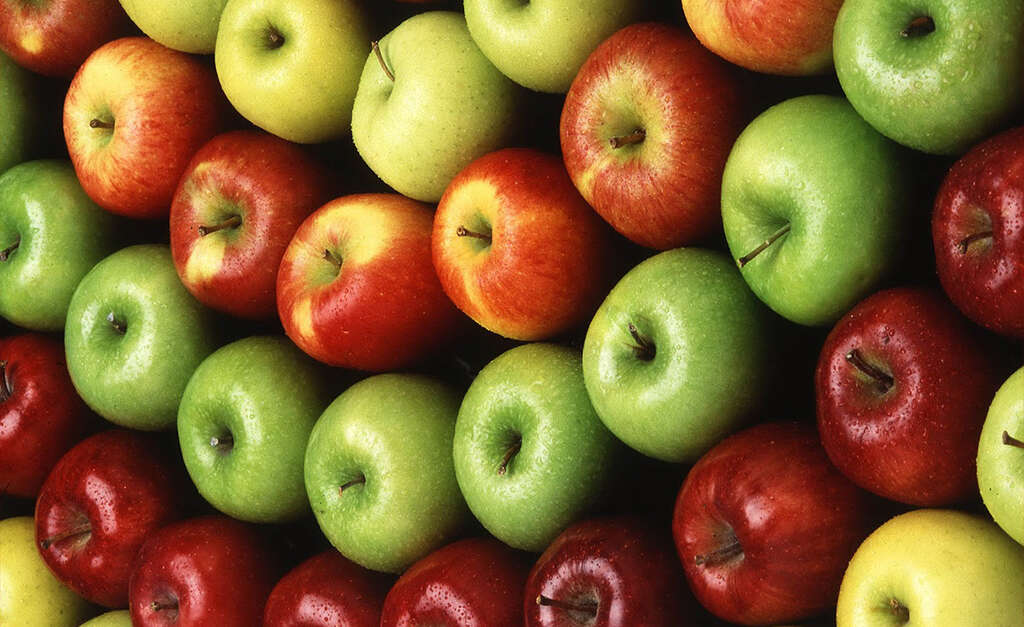
High Fiber Fruit #4: Raspberries
With their deep red color, sweet succulent taste, and antioxidant properties, raspberries are very high in fiber. One cup of raspberries contains 8 grams of fiber, more fiber than consuming one medium apple or medium pear.
Raspberries are an excellent source of vitamin C, manganese, B vitamins, folic acid, and iron. They are high in antioxidants and consuming these sweet fruits can help prevent and moderate chronic diseases. Since they are high in fiber, they also help to slow down the digestive process. Raspberries help with weight loss.
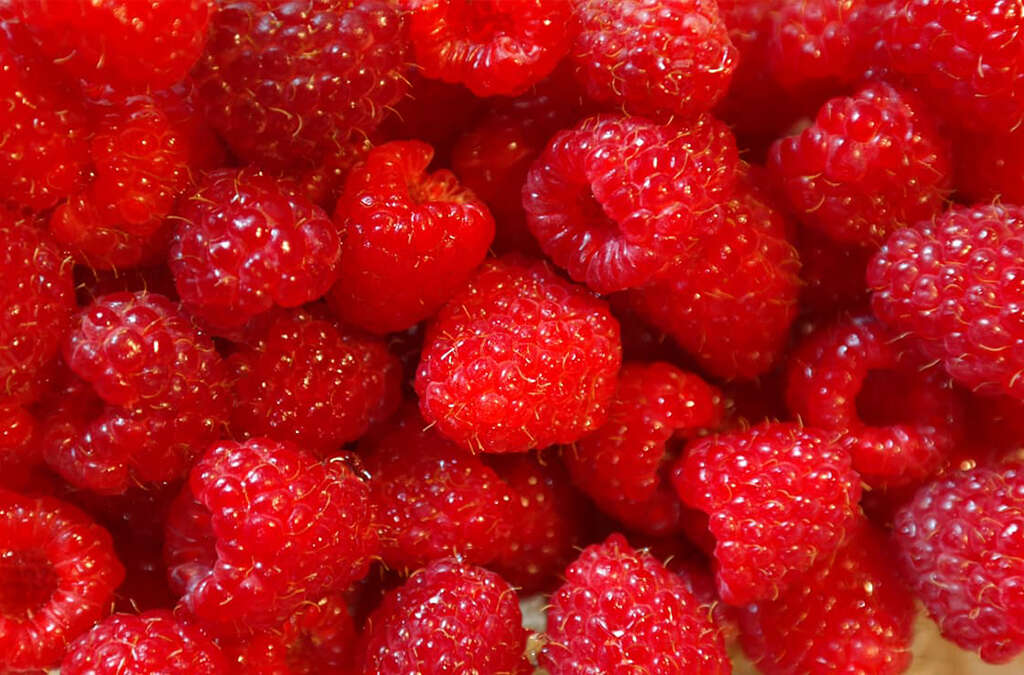
High Fiber Fruit #5: Bananas
As this yellow fruit is the most commonly available fruit in the world, it is also highly nutritious. One raw medium banana has about 100 calories and about 3 grams of dietary fiber. Although the total carbohydrates for a medium banana is 27 grams and 14 grams of sugar, the more ripe the banana, the more resistant starch is converted into sugar. Bananas are high in potassium and an excellent source of vitamins including vitamin A, vitamin B6, vitamin C, and vitamin D.
The health benefits in consuming bananas include reducing the risk of high blood pressure, reducing risk of stroke, helping digestive health, and protecting against neurodegenerative disorders]. It is a great introductory food for infants as it contains a great variety of nutrients and is rather delicious.

High Fiber Fruit #6: Oranges
This juicy and sweet fruit, oranges are known for their vitamin C content. One medium orange contains about 3 grams of fiber. It also contains folate, vitamin B1, copper, and pantothenic acid. Oranges have anti-inflammatory properties and antioxidants. Vitamin C is the water-soluble antioxidant inside the body, which helps deactivate free radicals and prevents cell damage. It helps the proper function of a healthy immune system.
According to the American Heart Association, eating a higher amount of citrus fruits, such as oranges and grapefruit, can lower ischemic stroke risk. Women who ate high amounts of citrus fruits had a lower percentage of stroke than those who did not.
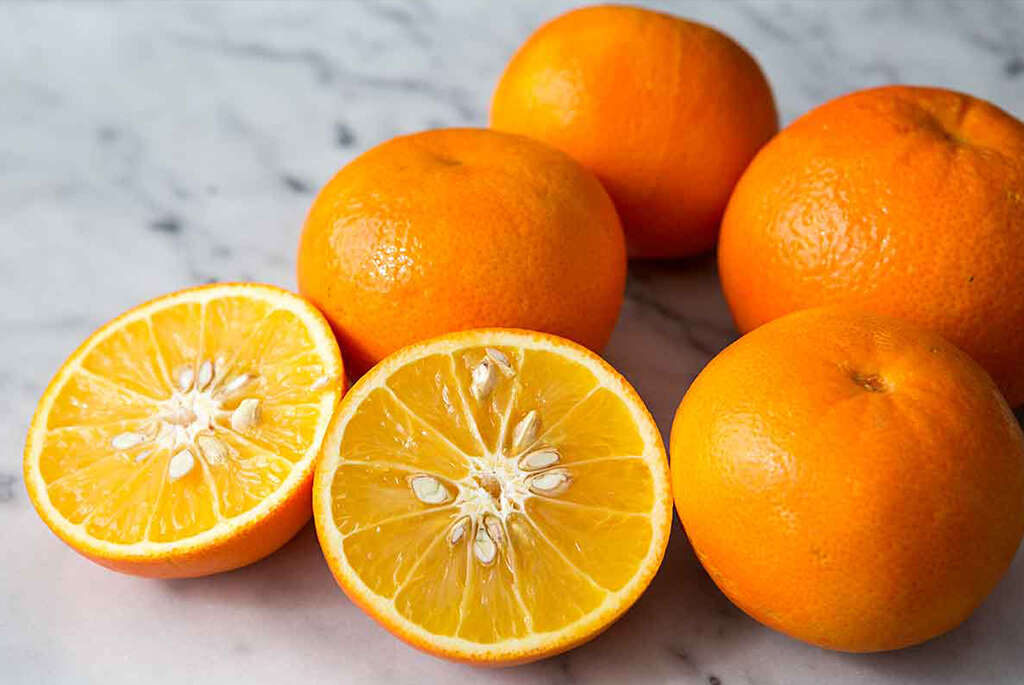
High Fiber Fruit #7: Strawberries
This sweet and enjoyable fruit is widely appreciated with its bright red, juicy texture. It is usually eaten raw and used in many prepared foods such as ice cream, preserves, and juice. One cup of strawberry halves contains about 3 grams of fiber. It is high in vitamin C, folate, and manganese.
Strawberries are a rich source of nutritive and non-nutritive compounds, which help promote health and prevent disease. Studies have shown that strawberry consumption reduces heart disease risk, obesity disorders, fight inflammation, and protect against various types of cancer.

High Fiber Fruit #8: Figs
Figs are unique, sweet, and soft in texture containing edible seeds. Two medium fresh figs contain about 2 grams of soluble fiber and are high in sugar. Not only are they high in fiber, they are high in magnesium, calcium, copper, and potassium. Most importantly, figs are high in prebiotics. Studies regarding prebiotics are ongoing, however, this has been shown to help feed the good bacteria in the gut and lead to digestive health.
In one study, the fig variety Dottato was tested to determine its antioxidant and cancer-fighting activity on melanoma cells. It resulted that the fig can be a great source of bioactive compounds. New studies will help distinguish its potential in helping with non-melanoma skin cancers.
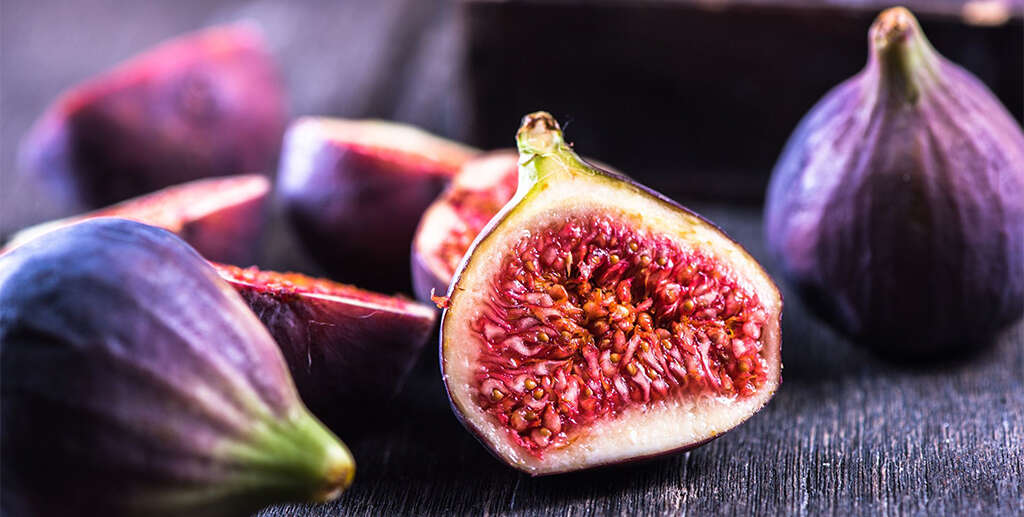
High Fiber Fruit #9: Guavas
Guava is a delicious and sweet tropical fruit. It has a smooth and green texture with a pink or white center. One medium guava contains 3 grams of fiber. It is a good source of potassium, calcium, vitamin A, and vitamin C.
There are a few health benefits by consuming guavas. Guava extract and leaf tea may help lower blood sugar levels. In a study conducted with 19 people, it was resulted that guava leaf tea lowered their blood sugar levels. Since guavas are high in potassium and soluble fiber, they contribute to heart health.
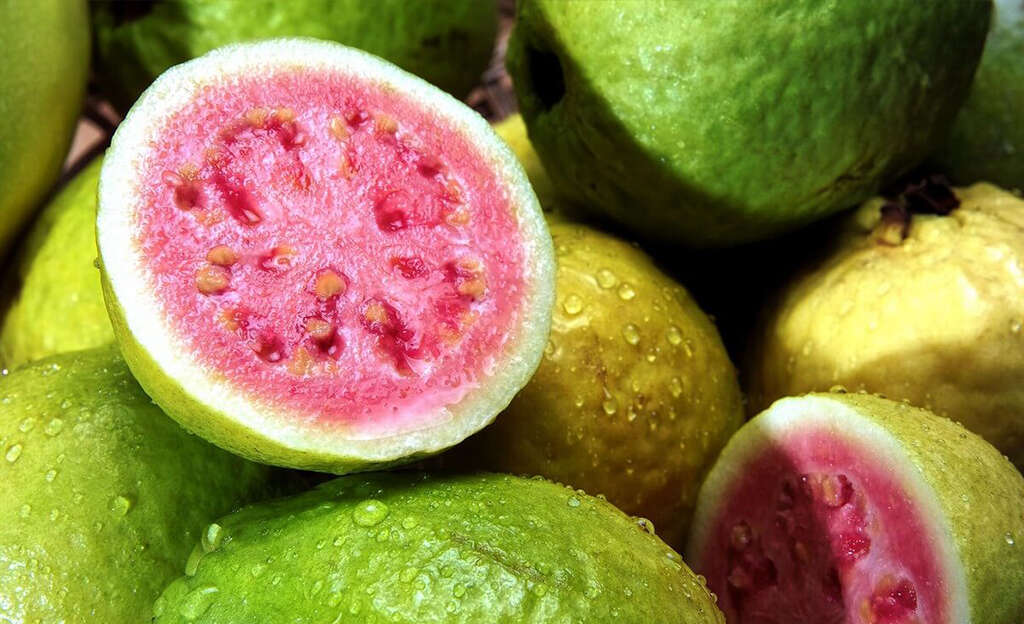
High Fiber Fruit #10: Persimmons
This sweet, crunchy, orange fruit is typically seen during the fall season. The persimmon has several species: Asian and North American. The Asian persimmon is the common one seen in supermarkets, and they look similar to a tomato except orange in color. Eaten with their skin, the persimmon contains about 6 grams of fiber. This fruit is usually eaten in minimal amounts due to its fructose content.
As persimmons are a great source of fiber, they contain an excellent source of vitamin C, vitamin A, and manganese. Due to its manganese and vitamin C content, they help to improve bone health, reduce inflammation, and disease risk.




